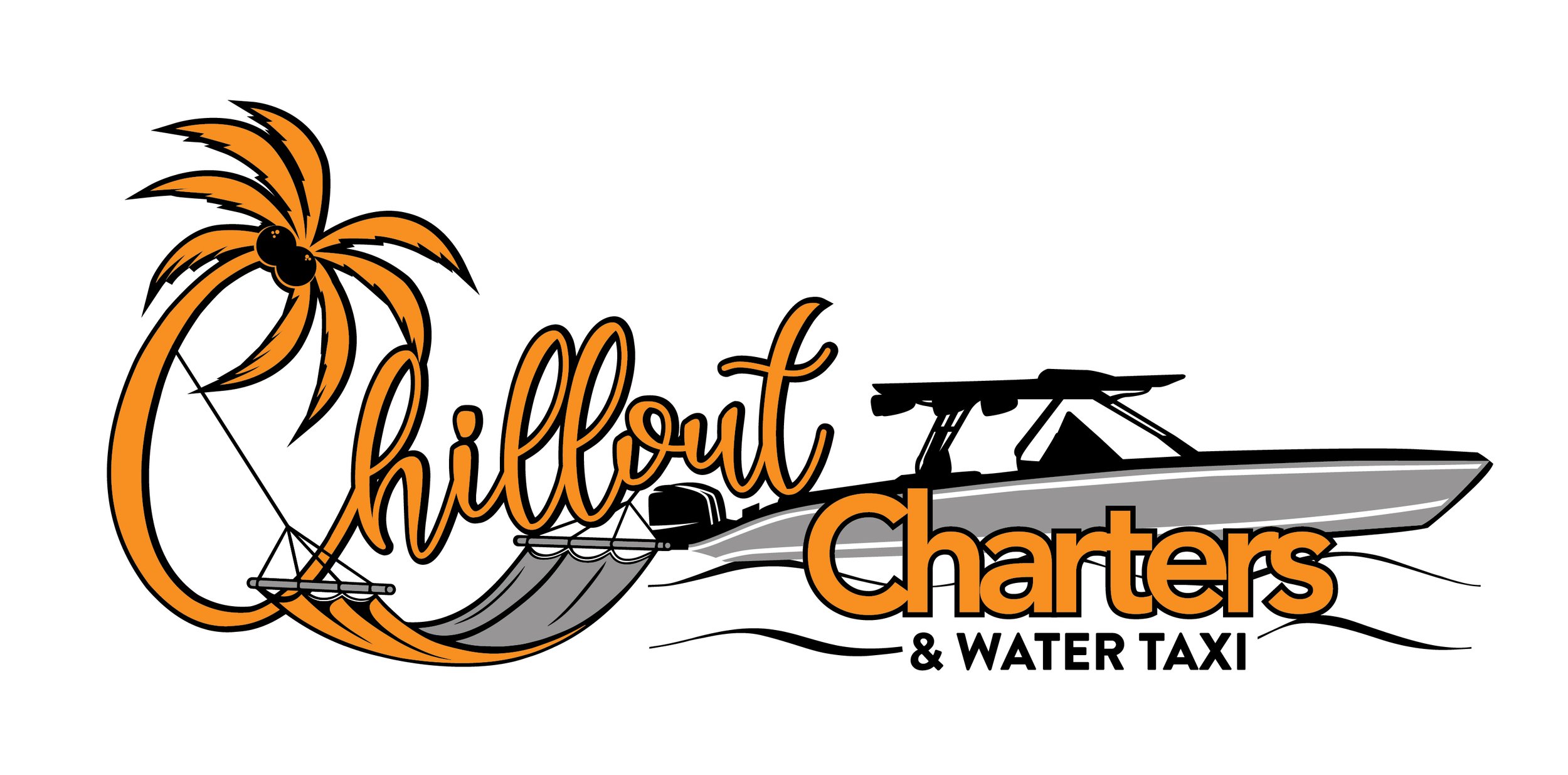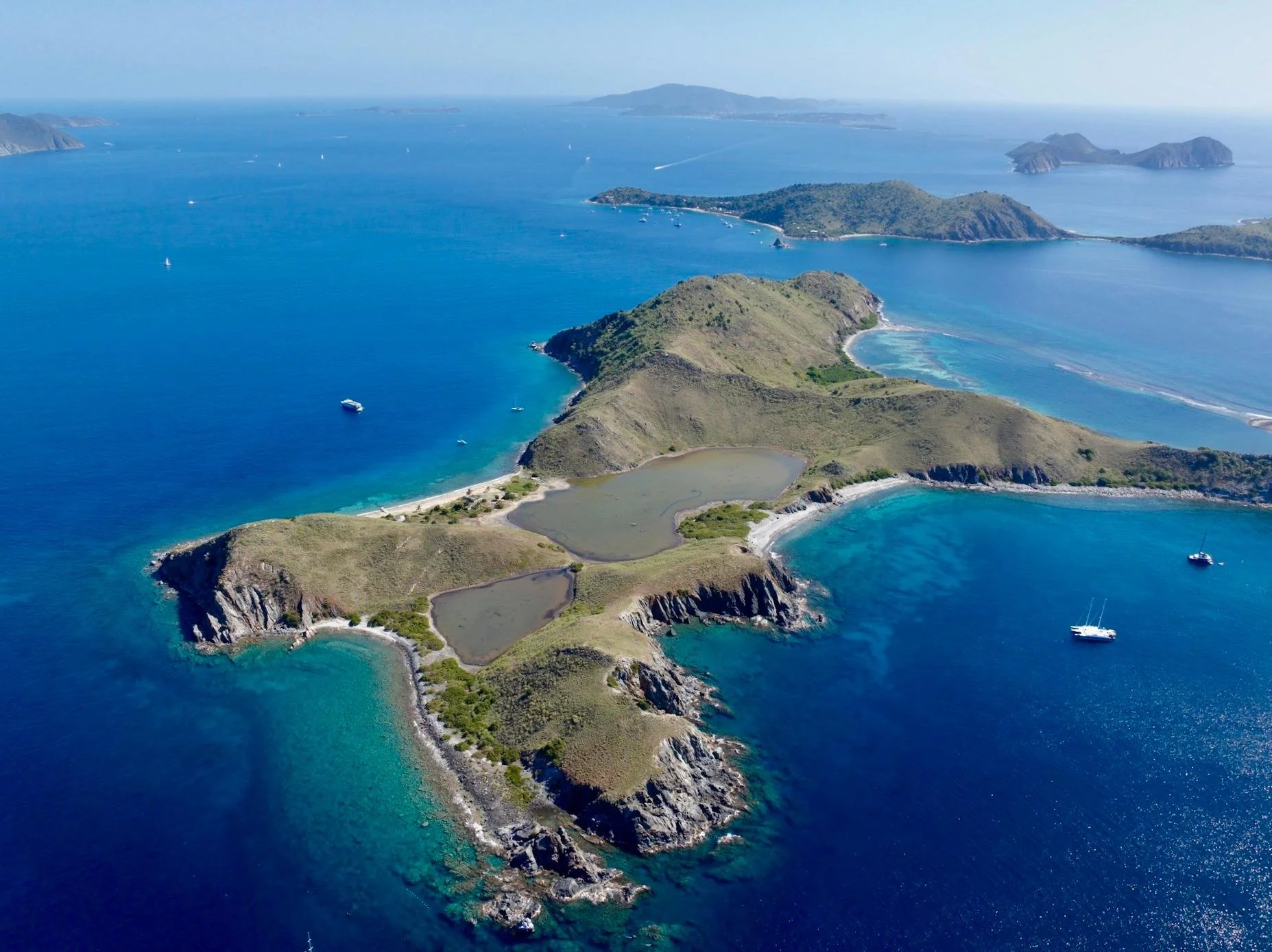In the British Virgin Islands (BVI), just southeast of Tortola and near Cooper Island, lies Salt Island, which is a destination known for its rich history, unique salt ponds, and one of the most famous dive sites in the entire Caribbean: the wreck of the RMS Rhone. The island itself is small, and doesn’t have any permanent residents, but is still a popular destination for diving fans and those who want to take a powerboat tour around the BVI.
Diving The RMS Rhone Shipwreck Near Salt Island
The Royal Mail Ship (RMS) Rhone sank off Salt Island during a hurricane in 1867, and today it has become one of the Caribbean’s most iconic scuba diving sites that diver from around the world flock to. The wreck itself is a part of the BVI National Parks Trust, and with this in mind has become a protected site, although you can dive it. Some of the highlights of the wreck include exploring the ship’s large propeller, coral-coated hull, and the marine life that lives around the wreck. One of the reasons the site is popular is that it is not only available to divers. Snorkelers can also explore some parts of the site in shallower waters, making it a great dive site for all skill levels.
If you’re interested in going to Salt Island to visit the wreck of the RMS Rhone, speak to Chillout Charters with the custom itinerary you have in mind.
Visiting Salt Island By Boat
The only way to reach Salt Island is by boat. Many visitors choose a day trip with a private powerboat charter company. With Chillout Charters, you can easily include Salt Island on your custom itinerary that also visits Cooper Island, Peter Island, or Tortola’s southern bays. A charter allows you to enjoy flexible timing, whether you’re diving the wreck or simply exploring the beaches and salt ponds ashore. We offer both full day tours and half day tours, but you can also hire Chillout Charters with a custom itinerary if there are specific things that you want to do such as visiting Salt Island.
What Activities Can I Do On Salt Island Besides Diving?
Although diving the RMS Rhone is the main draw for visitors to Salt Island, the location also offers other rewarding experiences for travelers. Visitors can hike, enjoy a swim in the Caribbean Sea, or explore the historic salt ponds that once supported the island’s salt industry. The island is also great for birdwatching and spotting coastal marine life from shore. Visitors can hike up the hill to get a view of the entire island and the wreck of the RMS Rhone. People used to live on the island, so there are a number of abandoned buildings giving the island a slight post-apocalyptic feel.
For those who are interested the grave of the sailors of the RMS Rhone is also found on the island, a short walk from the wreck.
Where Can I Find Information About The History Of Salt Production On Salt Island?
Salt Island was once at the center of the BVI’s salt production. For centuries, residents harvested salt from the island’s three natural salt ponds. Each year, the islanders sent a symbolic pound of salt (later a bag of salt) to the reigning monarch of Britain, a tradition that continued until the late 20th century. Even Queen Victoria and later Queen Elizabeth II received their share of Salt Island’s harvest. For the most part, Salt production faded out at the end of the 19th century.
How Did Salt Island Get Its Name?
Quite simply, the island was named after its salt ponds, which were once a thriving source of salt for the BVI. The practice of salt harvesting not only sustained the community but also connected the island to Her Majesty’s royal tradition of tribute.
Today, the ponds remain as a reminder of the island’s salt industry and are now a unique attraction for visitors.
What Should I Bring With Me If I’m Planning A Trip To Salt Island?
Since Salt Island has no shops, restaurants, or facilities, it’s important to come prepared. Bring plenty of water, sun protection, snacks, and diving gear if you plan to explore the wreck. Comfortable shoes are recommended if you want to hike around the salt ponds or explore the island’s trails. On board with Chillout Charters, we provide your snorkel gear and a selection of refreshing beverages, so no need to worry about that!
Are There Guided Tours Available For Salt Island?
Yes. Dive operators in the BVI frequently organize trips to the wreck of the RMS Rhone, with guided dives suitable for all levels. Chillout Charters offer guided powerboat excursions that combine Salt Island’s history, snorkeling, and exploration with visits to other nearby islands.
Where Can I Find Accommodations Near Salt Island, British Virgin Islands?
As we’ve mentioned, Salt Island is uninhabited, and the buildings found on the island are now derelict. So that means there is no accommodation on Salt Island itself since there are no permanent residents. Salt Island was once home to a small community that supported the salt trade.
Visitors can stay nearby at Cooper Island Beach Club, luxury resorts on Peter Island, or hotels and villas on Tortola. These locations make it easy to include Salt Island as a day trip or half-day trip on your island-hopping adventure.
Weather & Conditions On Salt Island In The BVI:
The weather on Salt Island is typical of the BVI, with warm, sunny conditions all year-round. Temperatures average 77–85°F (25–29°C). The best time to visit is during the dry season, from December to April.
Plan Your Salt Island Adventure With Chillout Charters!
From the legendary shipwreck of the RMS Rhone to the historic salt ponds and sweeping views of the Caribbean, this island delivers a fun day out for visitors to the BVI.
With Chillout Charters, you can make Salt Island part of a custom day trip, combining diving, snorkeling, and island-hopping with stops at Cooper Island, Peter Island, or Tortola. Whether you’re here for history, adventure, or simply to explore one of the BVI’s most intriguing spots, Salt Island is a must-see on your Caribbean journey.
Remember Chillout Charters also offer a range of full day, and half day powerboat tours, alongside evening cruises, a water taxi and BVI and USVI transfer services.









